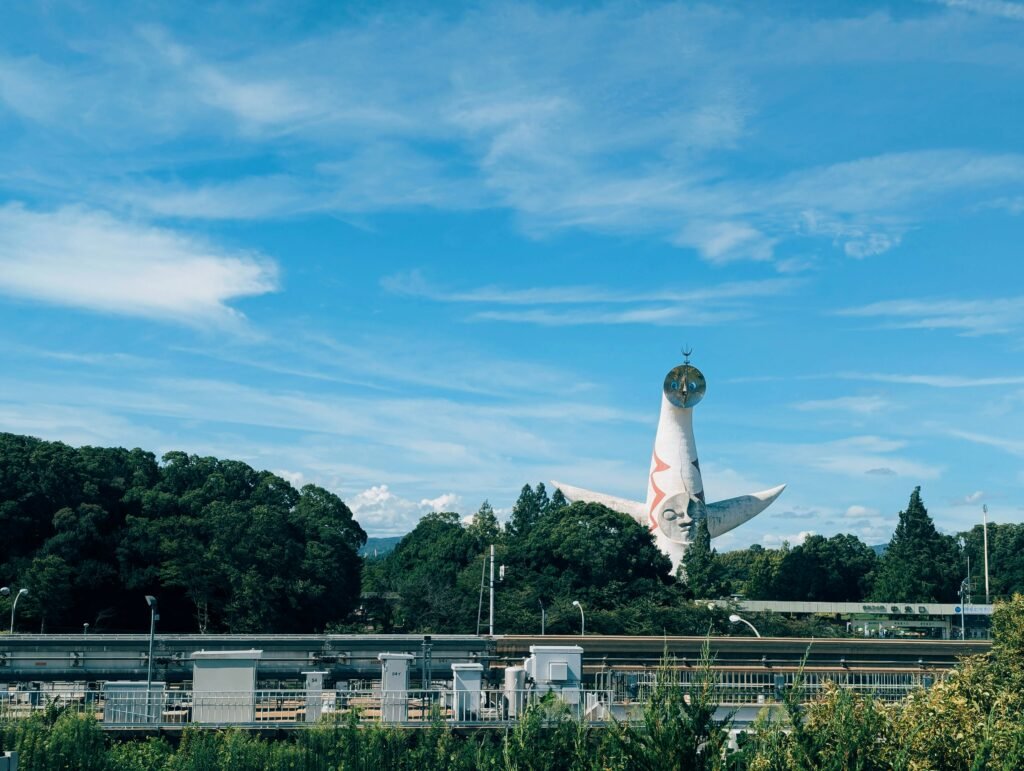As the 2025 Osaka-Kansai Expo approaches, a wave of construction is sweeping across the Kansai region. What ripple effects will this bring to Japan’s broader real estate market? The “post-Expo era” may mark the beginning of a new chapter in the country’s property landscape.
Short-term: Kansai real estate enters the Expo dividend realization phase
Mid-term: Industrial integration and metropolitan synergy amplify spillover effects
Long-term: Expo legacy and the trend of real estate “re-localization” in Japan

With the Osaka-Kansai Expo set to attract an estimated 28 million visitors, this global event is becoming a major focal point in Japan’s property sector. As infrastructure developments advance, corporate headquarters return, and tourism expectations grow, structural changes are quietly reshaping real estate values in Osaka and surrounding areas. More profoundly, the national strategy symbolized by the Expo is accelerating two key trends: regional redevelopment and lifestyle-focused urban renewal, triggering a new wave of reshuffling in Japan’s real estate map.
Short-term: Kansai Property Market Capitalizes on Expo-driven Momentum
Land development boom drives localized price surges.
Centered on Yumeshima—the artificial island hosting the Expo—coastal areas along the new transportation routes are attracting significant infrastructure investments, including the Osaka Metro Chuo Line extension and a “green smart city” development plan. Anticipation from the market has led to a sharp increase in residential and commercial property transactions in the area.
According to the Real Estate Economic Institute, the average price of newly built condominiums in the Osaka Bay area rose by approximately 12.7% between 2023 and 2024—marking the steepest increase in a decade.
Revival of tourism-related investment and continuous inflow of foreign buyers.
Following the lifting of pandemic restrictions and the normalization of international flights, Osaka’s appeal as Japan’s “gateway to the west” has returned—particularly among investors from East and Southeast Asia. Short-term rental properties (minpaku) have regained popularity, especially in tourist hotspots like Shinsaibashi, Dotonbori, and Tennoji, where old buildings are being frequently renovated and converted. Rental yields remain steady between 6% and 8%.
Moreover, data from the Japan Tourism Agency indicates that since 2024, the number of foreign purchases of residential and vacation-use properties in the Kansai region has surpassed pre-pandemic levels. Buyers from Thailand, Taiwan, mainland China, and Hong Kong are especially active. Some property management companies are even offering Expo-specific service packages, such as multilingual smart locks and support for short-term rental licenses during the Expo period.
Mid-term: Industry Growth and Metro Area Connectivity Drive Wider Impacts
“Testbed for Future Society” boosts tech zone property values.
As a testbed for cutting-edge technologies like AI, IoT, and green energy, the Expo is drawing tech firms to nearby industrial zones in areas such as Osaka’s Nanko district and Sakai City. Office properties and R&D facilities in these areas are gradually recovering from high vacancy rates, indicating a shift from a consumer-driven market to a research and production-focused one.
Urban transport upgrades redefine value in the Kyoto-Osaka-Kobe megaregion, with rising demand from foreign tenants.
Renovations of Shin-Osaka and Kansai Airport stations, new access roads to Yumeshima, and the extension of the Hokuriku Shinkansen are reshaping the spatial layout of the Kansai region. Experts forecast that satellite commuter cities like Takatsuki, Hirakata, and Amagasaki will emerge as new investment frontiers, potentially outperforming Osaka’s urban core in property appreciation.
Simultaneously, the Expo is expected to attract a wave of high-skilled foreign professionals, entrepreneurs, and international volunteers to Japan on a short-term basis. This will provide a stable rental market in surrounding cities, prompting growing interest in dual-purpose properties that serve both as investments and rentals.
Long-term: Leveraging the Expo Legacy and a Shift Toward Regional Real Estate Revitalization
Effective reuse of Expo sites will be a critical factor—Tokyo 2020 offers a cautionary tale.
Unlike the Tokyo Olympics, where some venues became underutilized, Osaka is proposing post-Expo reuse plans to transform Yumeshima into a green tech park or eco-city. If implemented successfully, this could provide long-term demand support for local real estate. However, without proper operational frameworks, overheated investment areas may also face bubble risks.
Enhancing regional city appeal could lead to a broader revaluation of real estate assets outside Tokyo.
National-level promotion driven by the Expo is expected to breathe new life into Japan’s regional revitalization initiatives. Experts believe that surrounding second-tier cities like Nara, Wakayama, and Shiga may benefit from increased tourism and migration, fostering a polycentric “Greater Kansai” model. Over the mid to long term, this could gradually shift Japan’s real estate focus away from over-concentration in the Tokyo metropolitan area.
The Osaka Expo represents a rare “window of opportunity” for urban development—not only for Osaka but for Japan as a whole.
It may mark a historic pivot from Tokyo-centric dominance toward a more balanced, multipolar real estate landscape. For overseas investors, Osaka is more than just a short-term opportunity for vacation rental returns—it could become one of the few global markets for long-term, lifestyle-driven property investment. With a long-term perspective, investors should focus on trends, avoid bubbles, and identify structurally undervalued areas to seize the opportunities of the post-Expo era.




